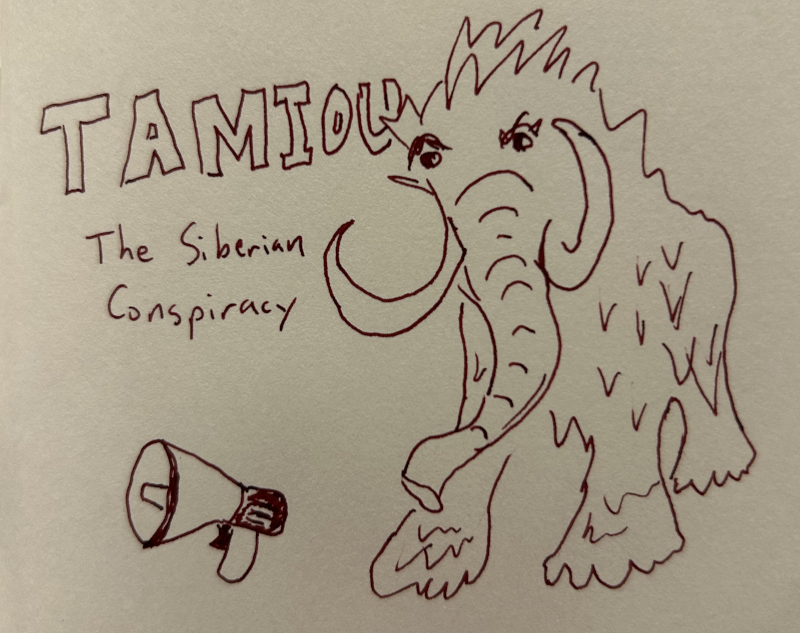I picked up this book on a whim last year because I had read some books by Ikeido before, such as Downtown Rocket and thought that anything to do with Siberia must be interesting.
What I didn’t realize, is that this 2021 book is a sequel to the original Tamiou, which was published in 2010 and has even been adapted into a drama. It felt like a complete story, even though I didn’t know what the original was about. When I looked up the plot of the drama just now, I’m actually shocked at the outlandish premise, which I would never have guessed from reading this book, but it sort of makes sense. I would say this book is less supernatural than the original, but not to the point that it’s plausible. You have to suspend disbelief, but I don’t have any issues with that.
Similar to how first installment sounds, this story leans towards comedy. I was concerned it would be too deep into politics and hard to follow, but it’s more about the characters with extreme personalities, along the lines of comic book characters, which I enjoy.
This story was from 2021, and a virus is in the forefront of the plot. I’m surprised it didn’t mention any recent events but realized that since the story directly continues a fictional world created in 2010, those events never happened in the world of Tamiou. My expectation would be that it would contain subtle commentary on the real-life events, but I didn’t feel that at all, which was refreshing.
For someone who wants a light read in Japanese, who is interested in viruses and politics, but not the virus and its politics, I would recommend it. Just don’t expect to take it too seriously. Thawing wooly mammoths in Siberia even make an appearance, so what’s not to like?








